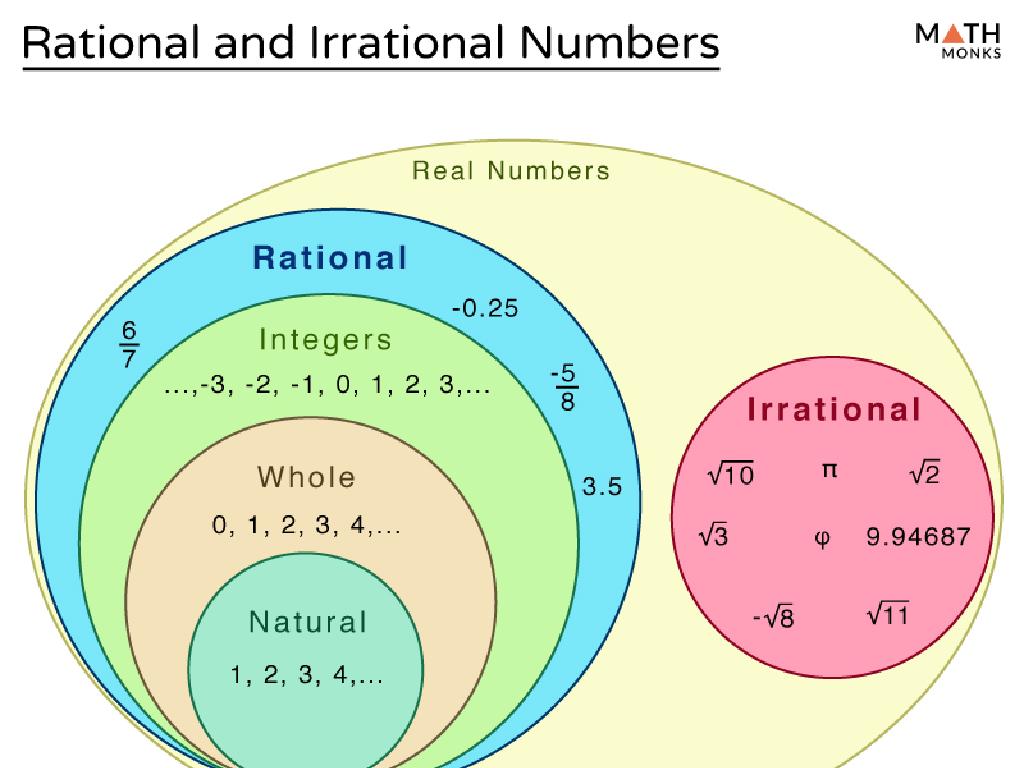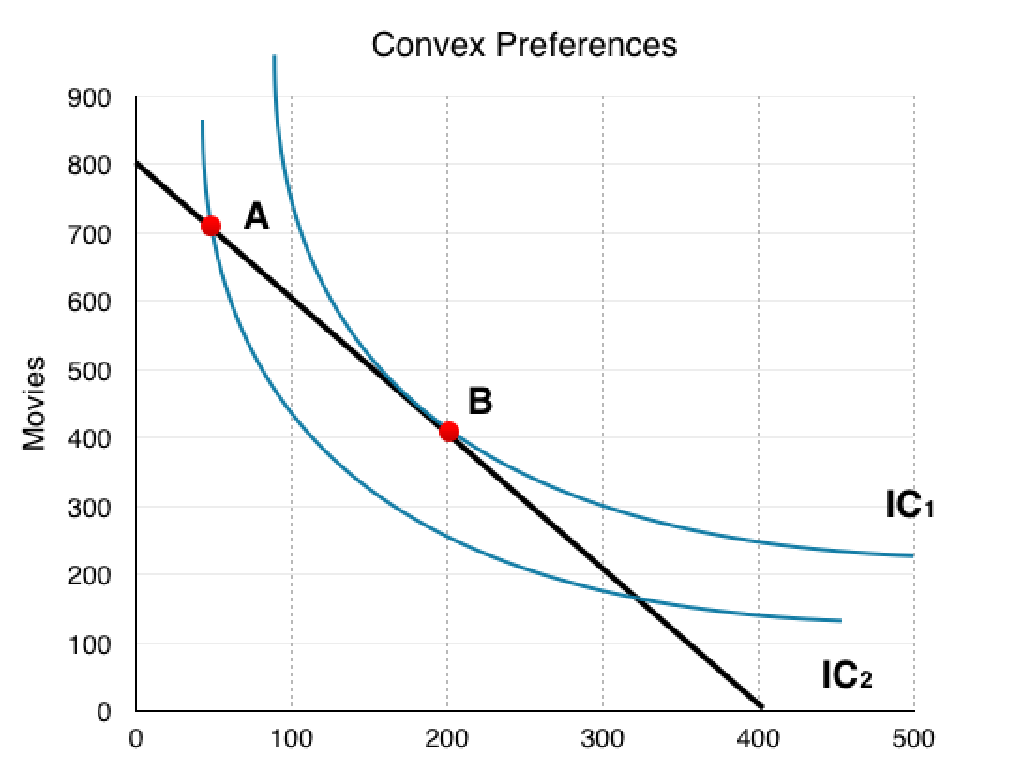Use Area And Perimeter To Determine Cost
Subject: Math
Grade: Fourth grade
Topic: Area
Please LOG IN to download the presentation. Access is available to registered users only.
View More Content
Exploring Area and Perimeter: Calculating Costs
– Understand area and perimeter
– Area is space inside a shape; perimeter is the distance around it.
– Area and perimeter in real life
– Floor tiling, fencing a yard, wrapping gifts.
– Calculate costs using area/perimeter
– Multiply area by cost per unit to find total cost; add perimeter lengths for fencing costs.
– Preview of today’s math adventure
|
Begin with a basic explanation of area and perimeter, ensuring students grasp that area refers to the space within a shape, while perimeter is the total distance around a shape. Discuss practical examples where area and perimeter are used, such as in home improvement or gift wrapping, to make the concepts relatable. Introduce the concept of calculating costs based on these measurements, such as determining the amount of paint needed for a wall (area) or the length of a fence needed for a yard (perimeter). This lesson will focus on applying these concepts to real-world scenarios, enhancing students’ understanding of how math is used in everyday life. Encourage students to think of other examples where they might need to use area or perimeter to figure out a cost.
Understanding Area and Cost
– Area: space inside a shape
– Like the floor space in your room
– Measured in square units
– Such as square feet (sq ft) or square meters (sq m)
– Calculate rectangle area: L x W
– Multiply the length by the width of the rectangle
– Relate area to cost
– More area often means higher cost for materials
|
This slide introduces the concept of area as it relates to the space within a shape, specifically focusing on rectangles, which are common in real-world applications. Students will learn that area is measured in square units, which could be square feet for rooms or square meters for larger spaces. By understanding how to calculate the area of a rectangle (length times width), students can begin to grasp how area measurements can be used to estimate the cost of materials needed for a project, such as flooring or paint. Encourage students to think of examples where they might need to calculate area in real life, such as when laying out a garden or buying a carpet. This will help them understand why knowing how to calculate area is useful.
Understanding Perimeter
– Perimeter: distance around a shape
– Measured in linear units
– Units like inches, feet, or meters
– Calculate rectangle perimeter
– Add all sides or use formula 2(L + W)
– Perimeter helps determine fencing cost
– If a garden is 5ft by 3ft, perimeter is 2(5+3)=16ft
|
This slide introduces the concept of perimeter as a foundational element in understanding area and its applications, such as determining the cost of materials needed for a project. Emphasize that perimeter is always measured in linear units and can be calculated by adding the lengths of all sides of a shape. For rectangles, a specific formula can be used to simplify this process. Use practical examples, such as calculating the amount of fencing needed for a garden, to illustrate how perimeter relates to real-world scenarios and costs. Encourage students to think of other examples where knowing the perimeter would be important.
Area and Perimeter in Real Life
– Area measures inside space
– Like how much paint for a wall
– Perimeter measures edge distance
– Like length of fence needed
– Example: Room flooring
Calculate cost for new classroom carpet
– Example: Yard fencing
Determine amount for garden fence
|
This slide introduces students to the practical applications of area and perimeter in everyday life. Area is used to determine the amount of space within a boundary, which is useful for tasks like buying the right amount of flooring material for a room. Perimeter is the total distance around the edges, important for projects like installing fencing around a yard. Provide real-world examples such as calculating the cost of carpeting a classroom based on its area or figuring out the amount of fencing needed for a garden by measuring its perimeter. Encourage students to think of other examples where they might need to use area and perimeter. This will help them understand the relevance of these mathematical concepts beyond the classroom.
Calculating Costs Using Area
– Calculate flooring cost
– Multiply area by unit cost
– Example: Tile cost calculation
– If 1 sq ft costs $5, a 10×12 ft room costs 10x12x5 dollars.
– Practice with different room sizes
– Try calculating for rooms of various dimensions.
|
This slide is aimed at teaching students how to calculate the cost of flooring by understanding the concept of area. Start by explaining that the area of a floor is the measure of how much surface the floor covers, and it is calculated by multiplying the length by the width of the room. Then, introduce the concept of cost per square unit, which is the price to cover a one-unit area of the floor. Use the example provided to show how to multiply the area of the room by the cost per square foot to find the total cost for tiling. Encourage students to practice with different room sizes and costs per square unit to solidify their understanding. The activity will help them apply math skills to real-world scenarios and understand the practical importance of area in everyday life.
Calculating Costs with Perimeter
– Perimeter equals all sides added
– Cost of fencing = Perimeter x Cost per unit
– Multiply the total length of fence needed by the price per foot
– Example: Yard is 20ft by 15ft
– First, calculate the perimeter: 20+20+15+15
– If 1ft fencing is $3, find total cost
– Total perimeter is 70ft, so cost is 70 x $3
|
This slide introduces students to the practical application of perimeter in calculating costs. Start by explaining how to find the perimeter of a rectangular yard by adding all the sides. Then, show how to use the perimeter to calculate the total cost of fencing by multiplying it by the cost per linear unit of fencing. Use the example provided to illustrate the concept: a yard with sides of 20 and 15 feet would have a perimeter of 70 feet. If fencing costs $3 per foot, the total cost would be 70 times $3, which equals $210. Encourage students to solve the example as a class activity and come up with similar problems to practice.
Let’s Practice Together: Area and Perimeter Costs
– Calculate classroom carpet cost
– Measure classroom, multiply length by width for area, then cost per square foot
– Determine bulletin board border cost
– Measure board’s perimeter, then multiply by border price per foot
|
This slide introduces two practical class activities to help students apply their knowledge of area and perimeter in real-world scenarios. For the carpet activity, provide students with the dimensions of the classroom and the cost of carpeting per square foot. They will calculate the total area of the floor and then the total cost to carpet the classroom. For the bulletin board activity, give the dimensions of the board and the cost per foot of the border material. Students will calculate the perimeter of the board and then the total cost for the border. Possible variations include using different units of measurement, varying prices, or even allowing students to measure actual items in the classroom for a hands-on experience. These activities will reinforce the concepts of area and perimeter while also introducing basic budgeting skills.
Area and Perimeter Cost Challenge
– Partner up for a math challenge
– Solve area and perimeter problems
– Find the area and perimeter of different shapes
– Record answers on the worksheet
– Use the worksheet to keep track of your calculations and costs
– Discuss your solutions in class
– Be prepared to explain your problem-solving strategies
|
This class activity is designed to encourage collaborative problem-solving and practical application of area and perimeter knowledge. Students will work in pairs to tackle real-world problems that involve calculating the cost of materials based on their area and perimeter. Provide a variety of shapes and scenarios on the worksheet to ensure a comprehensive understanding. As a teacher, facilitate the activity by guiding students through the process of multiplying the cost per unit with the calculated area and perimeter. After completing the worksheet, have each pair share their approach and answers with the class, fostering a collaborative learning environment. This will also help students articulate their mathematical thinking and reasoning.
Wrapping Up: Area and Perimeter
– Recap area and perimeter
– Area is space inside, perimeter is the boundary
– Everyday applications
– Used in building, crafting, and more
– Address final questions
– Encourage practice at home
– Try measuring rooms or garden plots
|
As we conclude today’s lesson, it’s important to review the key concepts of area and perimeter. Reinforce the idea that area measures the space inside a shape while perimeter is the distance around it. Highlight how these mathematical concepts are used in real-life scenarios such as determining the amount of paint needed for a wall or the length of a fence required for a backyard. Encourage students to ask any lingering questions they might have so they can leave the class with a clear understanding. Finally, suggest ways they can apply what they’ve learned at home, such as measuring furniture or garden spaces, to reinforce their learning through practical application.
Homework: Calculating Area and Perimeter Costs
– Complete worksheet on area and perimeter costs
– Draw your dream playground plan
– Imagine and sketch out a fun playground
– Calculate material costs for your playground
– List materials like swings, slides, and use their costs to calculate total
– Use area and perimeter in your calculations
– Apply learned concepts of area and perimeter to figure out expenses
|
This homework assignment is designed to reinforce the concepts of area and perimeter in a practical and engaging way. Students will complete a worksheet that will provide practice in calculating costs based on these measurements. Additionally, they are tasked with drawing a plan for their dream playground, which encourages creativity and application of math skills. They will need to list the materials required for their playground and use the cost of these materials to calculate the total cost, integrating their understanding of area and perimeter. This activity not only solidifies their mathematical knowledge but also enhances their problem-solving and planning abilities. In the next class, students can share their playground designs and discuss the different costs associated with their unique plans.





